The 12 Brand Archetypes (with Fonts to Match!)
November 3, 2022
Carl Jung was the original creator of a set of 12 common personality archetypes. This lens through which we see personality traits and types is useful when considering your own branding. The brand archetypes below are derived from Jung’s original archetypes, and are meant to provide guidance for positioning your brand in relation to others in your industry.
As a creative exercise, and for my visual learners out there, I decided to pair fonts (and colors) with my explanation of each brand archetype, so you can get a sense of how that archetype may visually identify itself. There isn’t necessarily one font type or style that pairs well with each archetype, but that should be expected; that’s the beauty of creativity!

The Hero
The Hero is about bravery, honor, mastery, and doing what’s right. For all you Harry Potter fans out there, the Hero is absolutely in the Griffyndor House. The Hero is courageous, strong, determined, and motivated to make the world a better place. Understandably, the Hero archetype is most often embraced by sports/athletic brands like Adidas, Nike, Under Armour, Tough Mudder, The Olympics, the U.S. Army, etc. But this brand archetype can also extend well beyond sports and fitness. In theory, any brand or industry that embraces the ideals of doing what is right and getting the job done no matter the obstacle could be a good fit for the Hero archetype.
Font: Alverata Black

The Magician
The Magician archetype is a visionary that excites, thrills, and dazzles their audiences. Showmanship is an important part of this brand archetype, as they like to take their customers (or followers) through a magical journey and surprise them along the way. The Magician is a dreamer who is open-minded about the endless possibilities that await. The most famous example of a brand that fits into this category is Disney, but there are plenty of others. IBM and Red Bull are some other examples – and I’d also argue that AirBnB now falls into this category since they adjusted their offerings to include magical experiences and one-of-a-kind destinations like cabins and treehouses.
Font: Parkshore Script
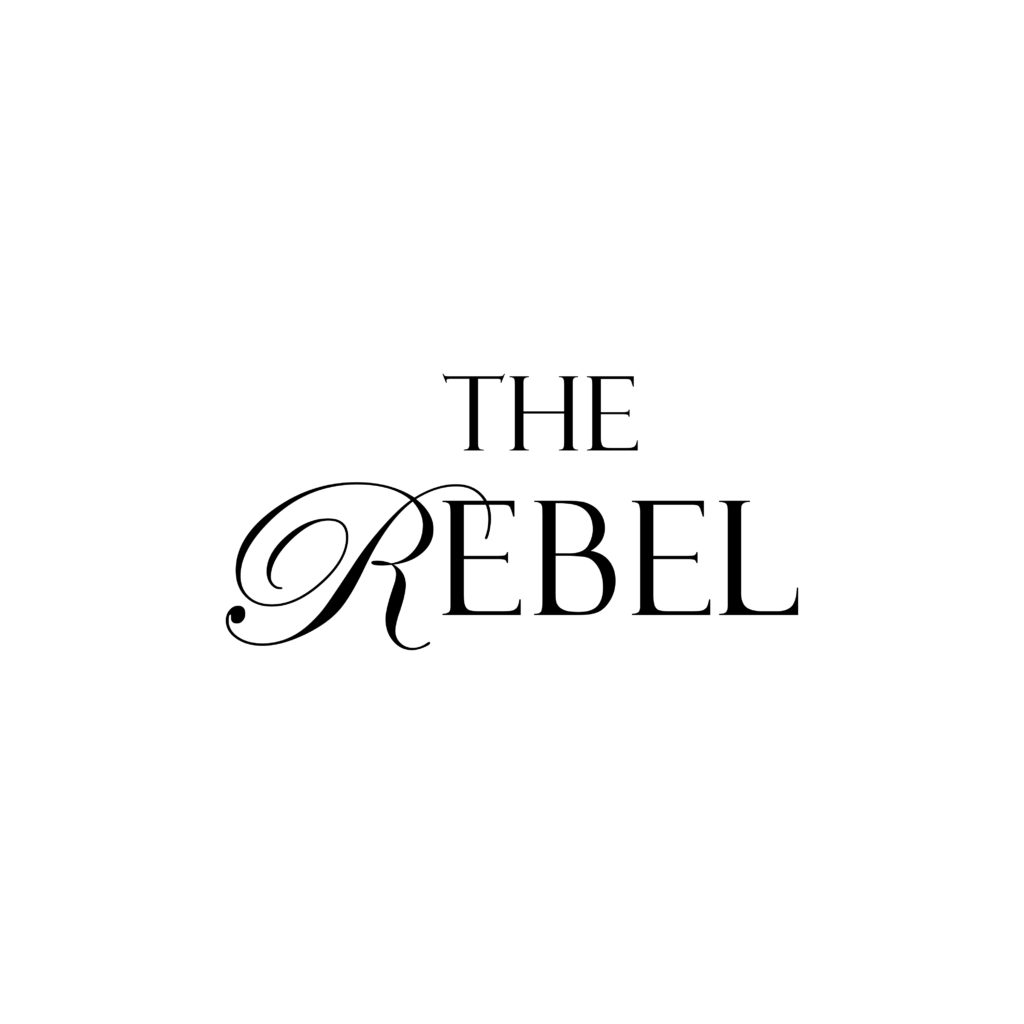
The Rebel
Simply put, the Rebel is a disruptor that is metaphorically (and sometimes literally) wearing a leather jacket. The Rebel feels viscerally uncomfortable with the status quo and constantly strives to change the way things are. The Rebel is bold, sharp, free-spirited, and sometimes shocking. The Rebel sometimes has an activist mission as well; it depends on the industry and mission of the organization. One of the most famous Rebel examples is Apple, but Harley Davidson, Vans, and BrewDog also fall into this category.
Fonts: Felix Titling Regular and Edwardian Script ITC
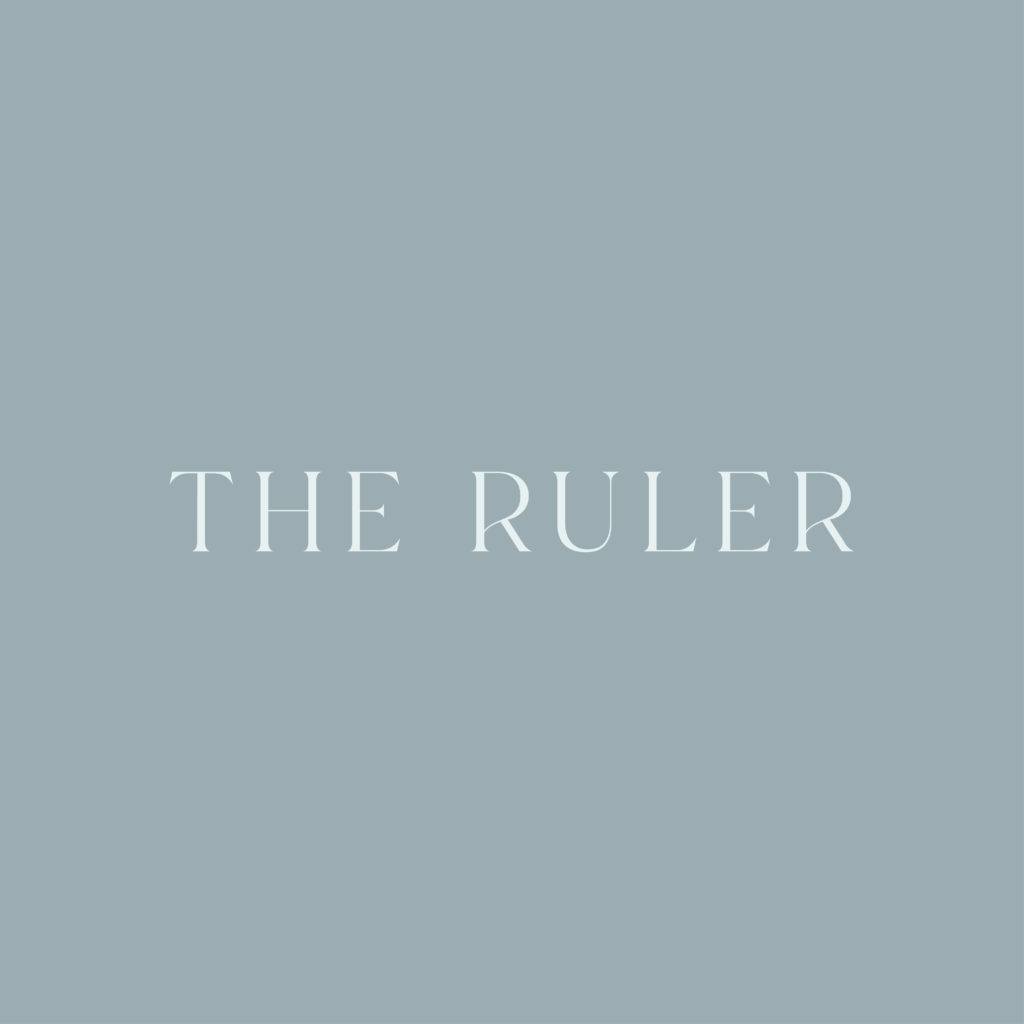
The Ruler
The Ruler is an exceptionally confident and dominant brand archetype that is proud of expertise and high quality. The Ruler tends to emphasize their leadership, high status, professionalism, stability, trustworthiness, and exclusivity. Because of this, brands like Rolex, Verizon, Mercedez-Benz, British Airways, and Hugo Boss fall into this category. Brands that embrace their “Ruler” status tend to either emphasize luxury and exclusivity (Rolex), or being the best and strongest at what they do (Verizon).
Font: Branch Regular
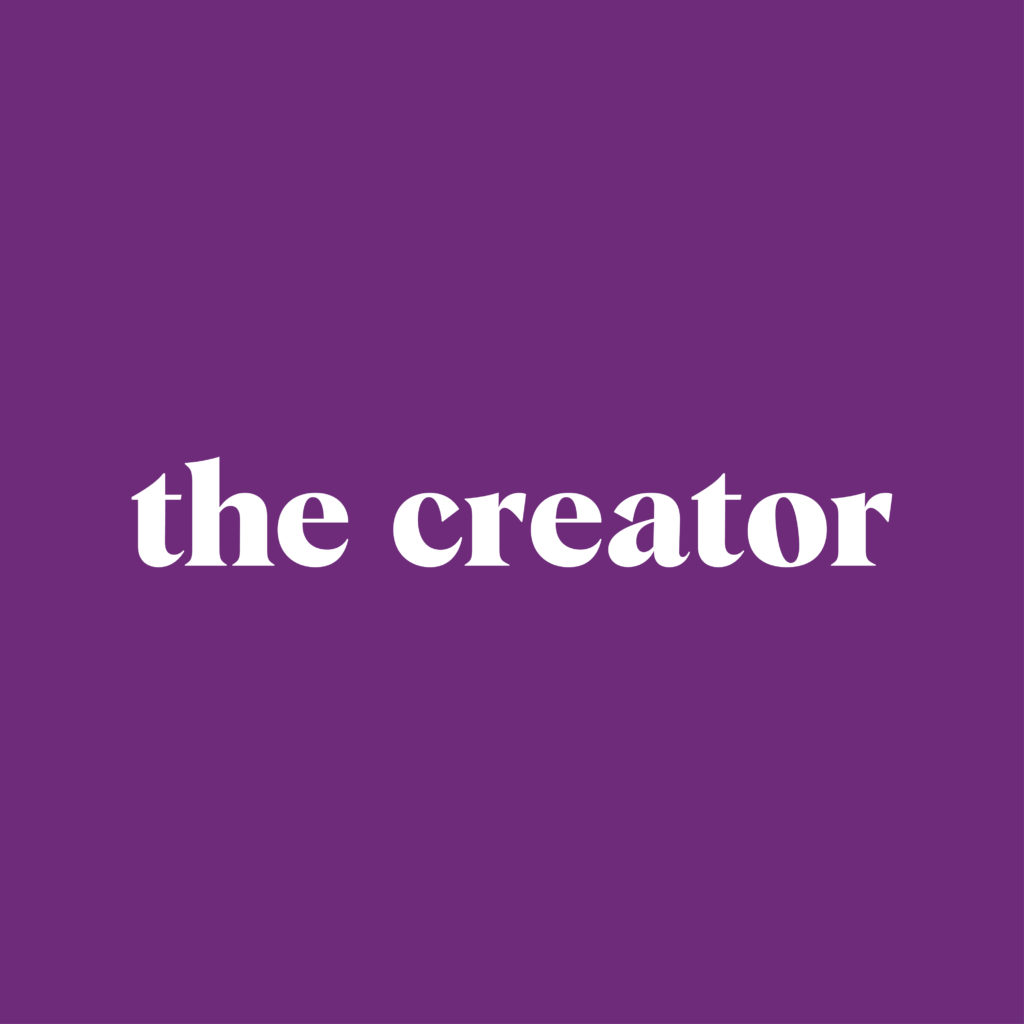
The Creator
Like the Magician and Rebel, the Creator is also a visionary, but the Creator manifests their vision through creativity and by bringing something new into the world. Creator brands are innovators who use their imaginations to push the boundaries of creativity and design within their industries. They are the Jurassic Park scientists, the 3D printers, and the virtual/augmented reality designers. They may also have the goal of empowering their customers/users to be more creative themselves. Some examples of this would be Adobe, TikTok, Pinterest, and Lego.
Font: Albra Bold

The Caregiver
Caregivers are the compassionate, comforting ones. They value nurturing those around them and helping them be more comfortable, relaxed, and cared for. They also tend to act as the defenders of those who are less fortunate, and for this reason, many charitable organizations fall into this category. However, the Caregiver can also simply be about hygge; that is, nurturing someone who has had a long day and simply needs to rest. So while the classic Caregivers tend to be Johnson & Johnson, ASPCA and WWF, everyday comforting brands like Barefoot Dreams and Dove chocolate would also apply.
Font: Coax Regular

The Lover
The Lover is motivated by passion, intimacy, affection, warmth and interpersonal connection. These types of brands tend to be empathetic, sensual, luxurious, and strikingly beautiful. Like the Ruler, the Lover can be exclusive and marketed as high-end, but focuses less on dominance and more on indulgence. The goal of the Lover is to make their consumers feel attractive, satiated, and accepted. For that reason, many indulgent brands fall into this category, regardless of industry. Notable Lover brands would be Victoria’s Secret, Godiva, Chanel, eHarmony, and Nest Scented Candles.
Font: Bickham Script and Abigail Regular
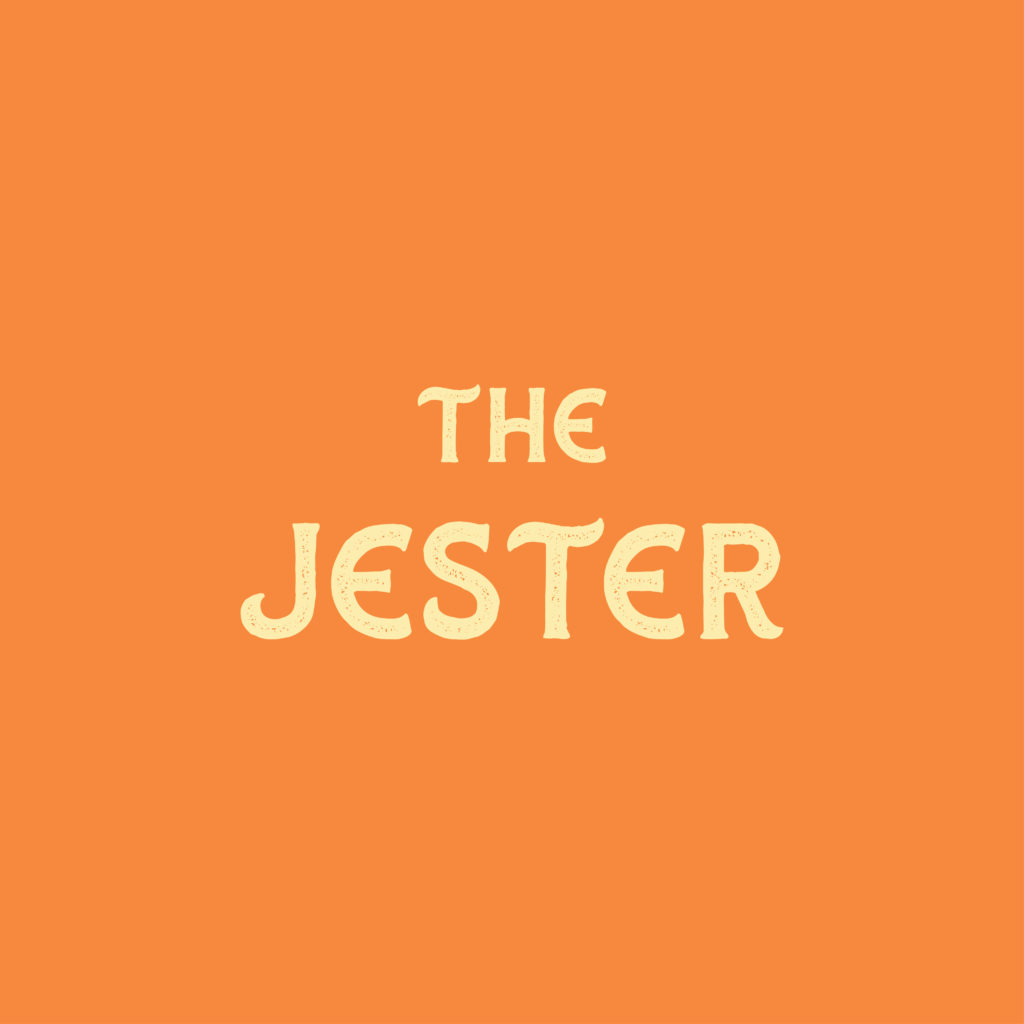
The Jester
The Jester is the grown-up version of the Class Clown. And while there’s some clowning that’s part of this brand, at its heart the Jester is about satire, playfulness, and not taking life too seriously. Jester brands are irreverent, mischievous, and silly with a purpose, so late-night shows like The Colbert Report are perfect examples of this. Other examples of the Jester would be Ben & Jerry’s, Skittles, Old Spice, Geico, Liberty Mutual, Nickelodeon, and PooPouri.
Font: Huscon Regular

The Regular Guy or Gal
The Regular Guy or Gal (or Everyman) brand archetype is primarily relatable, approachable, and unpretentious. These types of brands seek to connect with everyday concerns and tasks, and long to be liked and appreciated by all. Because their goal is mass appeal, they don’t display character extremes like rebelliousness or exclusivity. Overall, their goal is to be as inclusive and widely liked as possible. One of the most famous examples of this brand is Budweiser, but retail brands like Target, Ikea, Walmart, H&M and Gap are excellent examples as well.
Font: Poppins Bold
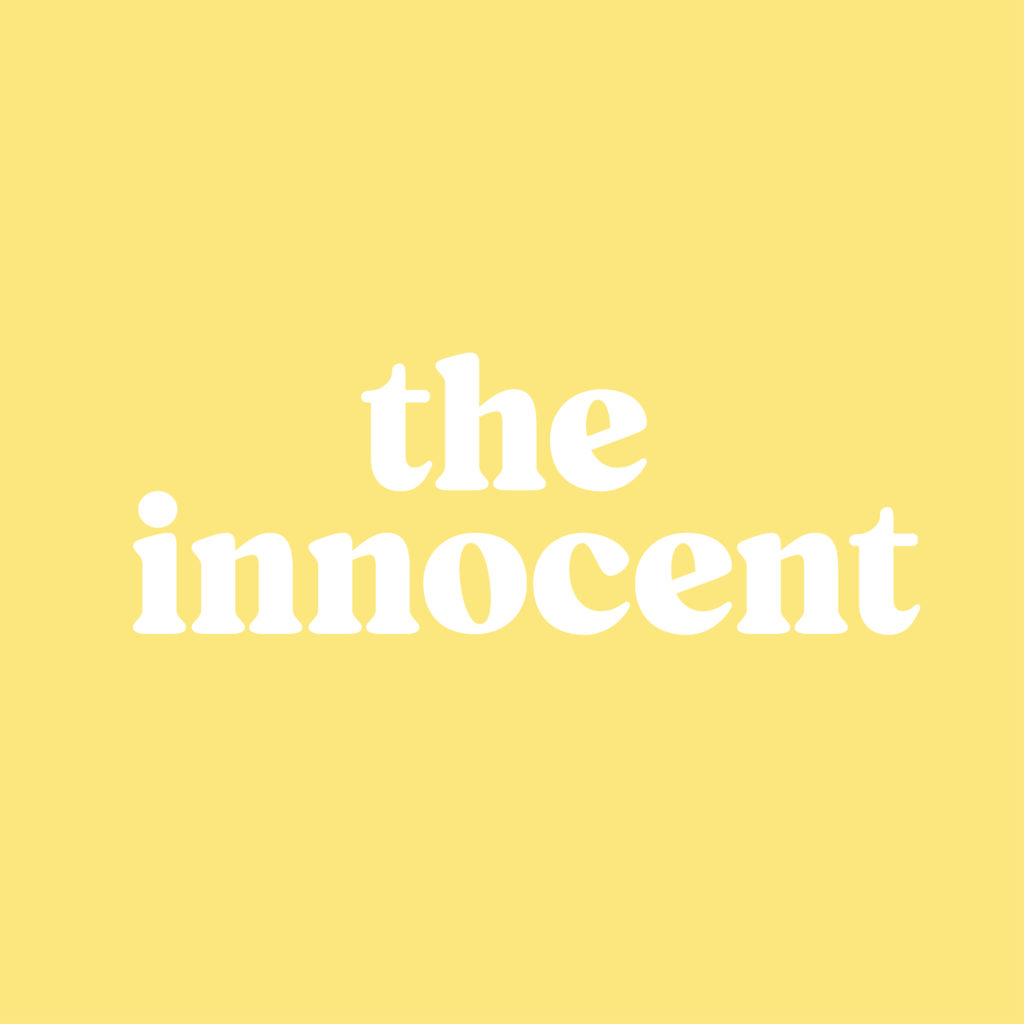
The Innocent
The Innocent brand archetype seeks to bring a little bit of simple happiness into the world. The Innocent tends to be pure and optimistic, and sees opportunities to spread joy and positivity wherever possible. Another characteristic of the Innocent brand archetype is honesty; they rely on their virtuous reputations and simplicity to set themselves apart from other brands. Like the Hero, they are focused on doing the right thing, but they go about it in a more minimal, understated way. Examples of this archetype would be Coca-Cola, Aveeno, Dove skincare, and Honest Beauty.
Font: Blood Orange Bold

The Sage
The Sage archetype relentlessly pursues the truth and doles out the wisdom that they have accumulated over time. They believe that the truth will set you free, and while they don’t necessarily intend to change the world by themselves, they opt to empower and inspire others to do so. The Sage is the Gandalf or the Yoda, the wise teacher who assists the Hero, or the Rebel, or the Creator along their journey. The Sage cares deeply about learning and because of this, they tend to position themselves as thought leaders in their fields. Examples of the Sage would be Harvard Business School, TED, Cleveland Clinic, Khan Academy, BBC, and The New York Times.
Font: Playfair Display Regular
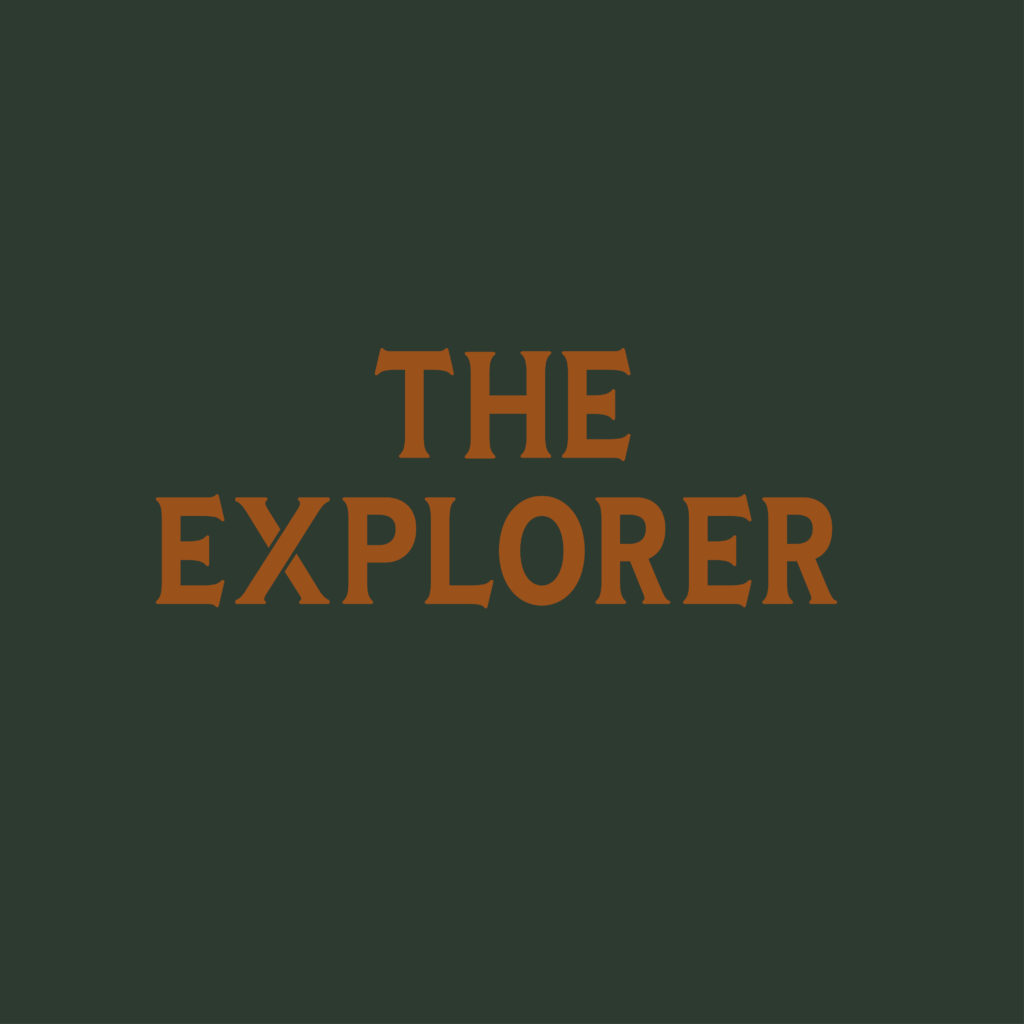
The Explorer
The Explorer values freedom, independence, and authenticity. They refuse to be restricted by typical boundaries, and while they are similar to Rebels, they are motivated by discovery rather than disruption. They seek out new challenges and experiences, and are naturally adventurous. Sometimes this manifests itself in brands that are outdoorsy, and sometimes brands that are worldly and well-traveled will embrace the Explorer archetype. Some good examples of this would be L.L. Bean, The Discovery Channel, Jeep, R.E.I., and GoPro.
Font: Huscon Sans Regular
If you’ve gotten to this point in the blog post, congrats! It’s certainly a lot to think through. The best place to start is to think about what your brand will motivate people to think, feel, be, or do. Do you want your clients to be more adventurous? Do you want them to feel comforted and cared for? Successful brands may often fall into several brand archetype categories as well, and that’s okay! It’s all about getting to know your clients, and thinking deeply about what they want so that you resonate with them.
If you’re rebranding or starting a new brand journey and you’d like to learn more about this topic, reach out to get started – we will talk all about your ideal clients, industry, competitors, mission, and business goals.
About the Author:
Rose Benedict
Owner and Designer, Rose Benedict Design
Rose Benedict is a brand and website designer for therapists, creatives, artists, and service providers. Rose is also a Showit Design Partner and the owner/designer at Rose Benedict Design. She has been a designer for the past 10 years and has worked at a Fortune 15 company and top university in Columbus, Ohio. She brings both her brand/website design and technical experience to small business owners so that they can thrive and deeply connect with their ideal clients. Outside of work, Rose loves reading, pilates, gardening, and traveling (10 countries and counting!).
Rose Benedict Design is a brand and Showit web designer based in Columbus, Ohio, devoted to crafting beautiful, strategic brands for creatives and service providers.
©2022-2024 ROSE BENEDICT DESIGN
Rose Benedict Design is a proud Showit Design Partner.